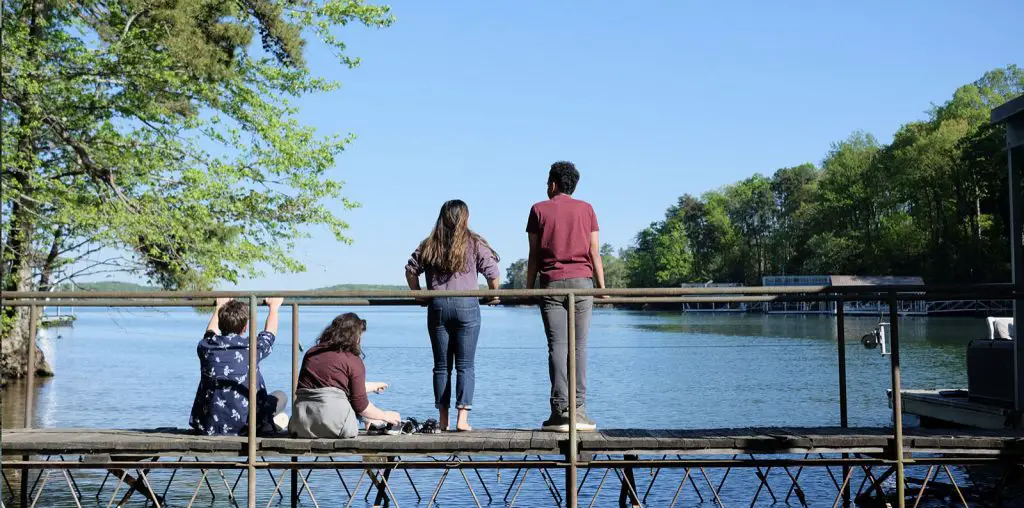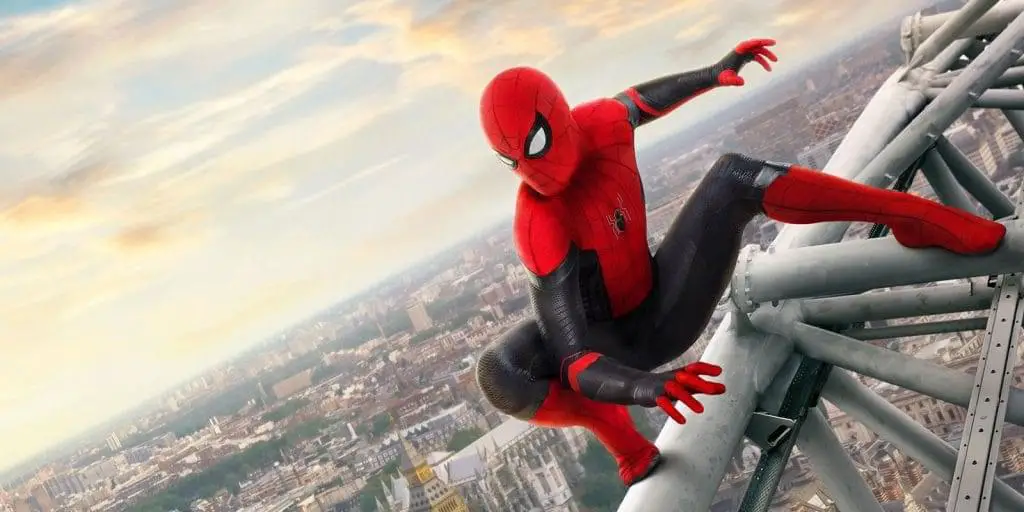
BOOTLEG FILES 505: “The Greatest Golden Hits of the Monkees” (1976 TV special with two of the four Monkees).
LAST SEEN: The production is on YouTube.
AMERICAN HOME VIDEO: None.
REASON FOR BOOTLEG STATUS: No home entertainment release in the U.S.
CHANCES OF SEEING A COMMERCIAL DVD RELEASE: I’m not a believer.
Last week’s column focused on a TV special starring a member of the Fab Four. This week, we look at a TV special starring two members of the Prefab Four.
During the mid-1970s, the four members of the Monkees began to receive offers linked to a proposed reunion of the group. Two of the former Monkees declined the offers: Michael Nesmith had already established a successful solo career, while Peter Tork had stepped away from the music world in favor of teaching. But Davy Jones and Micky Dolenz were eager to get back in the Monkees spotlight, as their solo careers were stagnant.
Unable to secure a proper Monkees reunion, Dolenz and Jones teamed up with two of the songwriters that helped to fuel the group’s popularity: Tommy Boyce and Bobby Hart. This foursome were legally prevented from calling themselves the Monkees, so they took on the awkward moniker of Dolenz, Jones, Boyce and Hart (for the sake of space, we will consider them as DJBH for this column).
DJBH made its debut as a performing entity on July 4, 1975, in a concert held at the Six Flags Old Glory Amphitheatre in St. Louis. The foursome managed to secure a respectable North American tour, and even landed gigs in Japan, Thailand and Singapore. Their act consisted of a mix of Monkees tunes along with other hits penned by Boyce and Hart and famously covered by other singers. In 1976, Capitol Records released a DJBH album consisting primarily of new material (a couple of oldies including “Teenager in Love” and “Along Came Jones” were included), and the quartet snagged guest appearances on a number of TV talk shows and music programs, including “American Bandstand” and “Don Kirshner’s Rock Concert” – the latter booking was somewhat surprising, considering the notorious level of ill will generated between Kirshner and the Monkees during the group’s initial year together.
To further promote DJBH, a half-hour television special was produced. This endeavor carried the bulky title “The Greatest Golden Hits of the Monkees: By the Guys Who Sang ‘Em and the Guys Who Wrote ‘Em.” (Most fans know this production by the first half of the title, which we will carry here.) Sadly, the special quickly faded into obscurity – today, it is not even listed in the Internet Movie Database. But in view of its shaky contents, it might be best that the production remain mostly unknown to the wider world.
Of course, it is impossible not to judge “The Greatest Golden Hits of the Monkees” against the inventive classic TV show “The Monkees.” In this later effort, Dolenz and Jones are clearly older but certainly not wiser – Dolenz tries too hard to be amusing, while Jones seems either indifferent or distracted during the entire output. And while Boyce and Hart made a game effort to be engaging performers, they came across as bland and dreary. In a vain attempt to fool viewers into thinking that these men could generate adulation, a shrill laugh track and a wildly inappropriate applause recording were dropped throughout the program.
“The Greatest Golden Hits of the Monkees” opens with a take-off on the old patter routines that were once a staple of vaudeville comedy shows. Dolenz and Jones walk into Boyce and Hart’s office, and the men (plus a woman playing a ditzy secretary) join in a fast-paced rhyming dialogue on what is required to write hit songs. Boyce and Hart insist that they can measure a song’s potential by its length, and then they claim they can taste a hit by biting through the paper it was printed on. The laugh track roars uproariously throughout this sequence, though the objective viewer may have problems raising the slightest hint of a smirk.
The production then goes to a concert stage, where the four men wear polyester leisure suits as Dolenz and Jones alternate the lead in a medley of Monkees songs including “Last Train to Clarksville,” “Valleri,” “Daydream Believer,” “A Little Bit You, A Little Bit Me” and “Pleasant Valley Sunday.” Of this set, only the first two were written by Boyce and Hart – no credit is given to John Stewart for “Daydream Believer,” Neil Diamond for “A Little Bit You, A Little Me” or Gerry Goffin and Carole King for “Pleasant Valley Sunday.”
Boyce and Hart get the spotlight later for a sequence of their original compositions. But these numbers are goofed up with silly comedy bits: “Come a Little Bit Closer” has the men as mariachi performers, “Angel Eyes” has them as “Grease” wannabes, and “Hurts So Bad” takes place during a surgery procedure that results in a rubber chicken being extracted from the patient’s body.
Dolenz and Jones then engage in a bit of small talk that leads to Jones performing “I Wanna Be Free,” which he cites as his favorite Monkees tune. More vaudeville-inspired shtick happens when the four men do a song and dance to the Harry Nilsson-penned “Cuddly Toy” – though, actually Jones does most of the dancing, followed briefly in partnership by Dolenz as Boyce and Hart stand to the rear of the stage.
Dolenz then dolls himself up as a glam rock diva for “I’m Not Your Stepping Stone” – and this has to be seen to be believed! The four men team up again for a spin with the Neil Diamond-penned “I’m a Believer” before the closing credits roll.
Ultimately, the TV special became a case of too-little/too-late. Capitol Records quickly lost interest in hyping DJBH after their debut record flopped, and even a surprise appearance by Peter Tork during a DJBH show at Disneyland on July 4, 1976, failed to sustain any degree of momentum. A concert album was recorded in Japan in July 1976, but it was not released in the U.S. until 1996.
“The Greatest Golden Hits of the Monkees” was made available to U.S. television stations via a syndicated package in 1977, but it is not certain how many station actually broadcast the show because DJBH split up in March of that year. (I might be wrong, but I cannot recall this being shown in the New York City market back in the day.) The special was later released in Japan and Great Britain on VHS video in the early 1980s, but to date it was never made available in any U.S. home entertainment format.
Even without the shadow of the old Monkees TV series hanging over it, “The Greatest Golden Hits of the Monkees” was a lame excuse for nostalgic entertainment. One die-hard Monkees fan put an unauthorized posting of the production on YouTube, but only the most rabid of Monkees completists would want to waste their time with this dismal bootleg.
IMPORTANT NOTICE: The unauthorized duplication and distribution of copyright-protected material, either for crass commercial purposes or profit-free s***s and giggles, is not something that the entertainment industry appreciates. On occasion, law enforcement personnel boost their arrest quotas by collaring cheery cinephiles engaged in such activities. So if you are going to copy and distribute bootleg material, a word to the wise: don’t get caught. Oddly, the purchase and ownership of bootleg DVDs is perfectly legal. Go figure!

